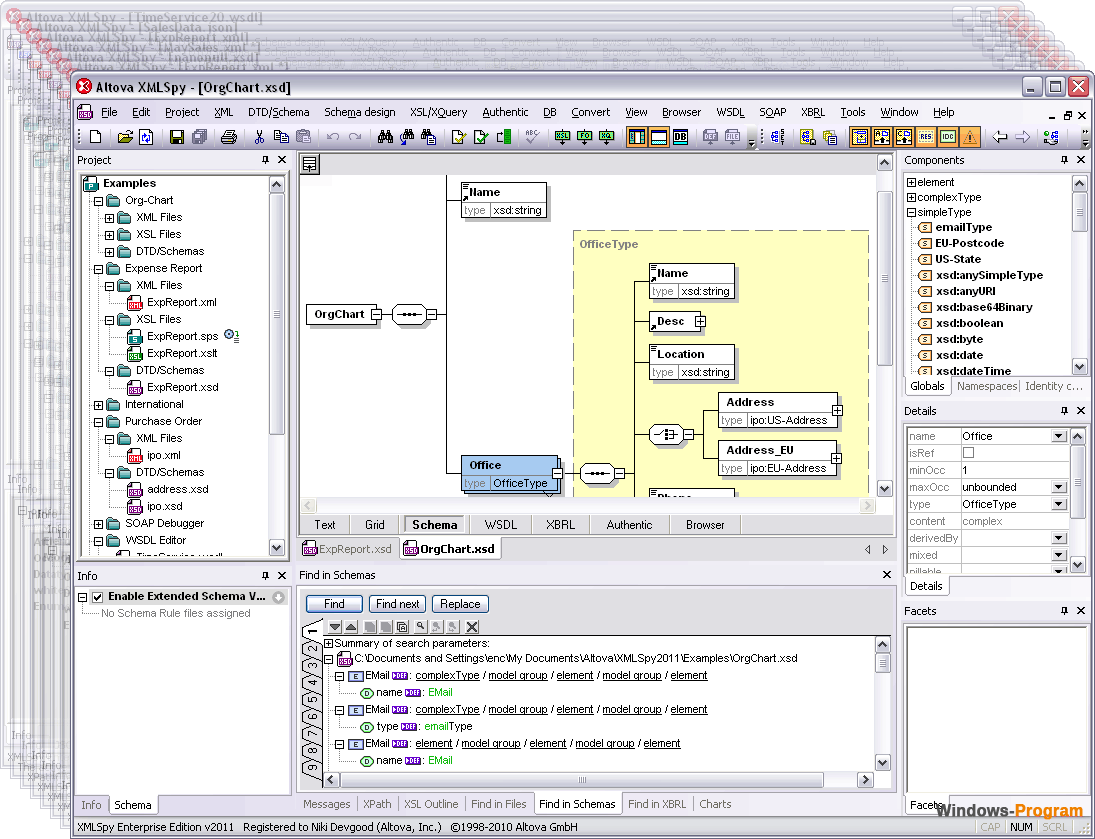Download Xml Mapper Software: Sas Xml Mapper, Seetooix
XML has become one of the major standards for moving data across the Internet. Some of XML’s strengths are the abilities to better describe data and to be more extensible than any of its predecessors such as CSV. Due to the increased popularity of XML for moving data, I provide a few tips in this article that will help when you need to read XML files into SAS software. Reading XML Files You can read XML files into SAS using either the XML engine or the XMLV2 engine. Download ib game for mac. The XML engine was the first engine that SAS created to read XML files. The XMLV2 engine includes new functionality and enhancements and is aliased to the XML92 engine in SAS® 9.2. Download adobe zii patcher 2.2 1 for mac free. It is easy to read XML files using the XMLV2 engine when the XML file that you read uses the GENERIC markup type and conforms to a very rectangular definition.

Sas Xml Mapper Use Multiple Xml Files

Download Xml Mapper Software Sas Xml Mapper Topix
Here is an example of the XML file layout that is required to be read natively using the XMLV2 engine: If the file is not in this format, the following informative error message is generated in the SAS log: If the file is not in this format, the following informative error message is generated in the SAS log: The XMLMap file referenced in the error message is a SAS specific file that instructs the engine about how to create rows, columns, and other information from the XML markup. You can use either of the following methods to generate the XMLMap file: • the AUTOMAP= option within the SAS session beginning with SAS® 9.3 TS1M2 • the SAS XML Mapper, which is a stand-alone Java application Generating Dynamic Maps within the SAS Session Using the XMLV2 engine, you can create a dynamic XMLMap file and use it to generate SAS data sets by specifying the AUTOMAP= and the XMLMAP= options in the LIBNAME statement.